TheGreatCoursesPlus Great Artists of the Italian Renaissance
28.1 GB
VIDEOS + AUDIOBOOK + PDF GUIDEBOOK
VIDEO QUALITY 480P + 720P
Study masterpieces by such great Renaissance artists as Leonardo da Vinci, Botticelli, Michelangelo, Raphael, and Titian in this visually-rich course taught by an art historian.
1: Italy and the Renaissance
- This lecture examines the features of late medieval culture in Italy that paved the way for the Renaissance. In painting, Giotto di Bondone evolved a proto-Renaissance style in contrast to the prevailing late-Gothic style.
2: From Gothic to Renaissance
- Around 1400, a European-wide style known as International Gothic flourished in Italy. Artists including Lorenzo Monaco and Gentile da Fabriano retained this style. Others, such as Lorenzo Ghiberti, developed a new style that we call Renaissance.
3: Brunelleschi and Ghiberti in Florence
- Architecture is central to understanding the birth of the Renaissance, and it was in Florence that the first great buildings of the Renaissance were constructed. This lecture looks at the buildings of Filippo Brunelleschi and the famous bronze doors of Lorenzo Ghiberti.
4: Donatello and Luca della Robbia
- The most influential visual artist in Italy in the 15th century was Donatello. This lecture traces his work until he moved to Padua in 1443. Also covered is Luca della Robbia, whose superb choir gallery for the Florence Cathedral is in direct competition with Donatello’s choir gallery for the same church.
5: Masaccio
- The first of two lectures on Masaccio examines his Pisa Altarpiece. Also studied is his monumental fresco The Trinity, with attention to his introduction of one-point perspective….
6: Masaccio-The Brancacci Chapel
- This lecture looks at Masaccio’s principal frescoes for the Brancacci Chapel, with special attention to their melding of style and narrative content. Masaccio undertook the project with Masolino.
7: Fra Angelico and Fra Filippo Lippi
- Fra Angelico and Fra Filippo Lippi were the most important painters in Florence after the death of Masaccio. Fra Angelico was able to switch between a late medieval style and a more realistic Renaissance manner. Fra Filippo Lippi’s paintings combine charm and inward quietness.
8: Three Specialists
- This lecture looks at paintings by three contrasting artists in Florence. Paolo Uccello was devoted to foreshortening and perspective. Andrea del Castagno found ways to make figures look like painted sculptures. And Domenico Veneziano introduced a tonal delicacy and pastel palette from his native Venice.
9: Donatello and Padua
- Continuing the career of Donatello, Professor Kloss covers Donatello’s move to Padua to work on a bronze equestrian statue, Gattamelata. Among his other Paduan works is a wooden sculpture, Saint John the Baptist. On returning to Florence, he made the even more expressive Saint Mary Magdalen….
10: Piero della Francesca-Individual Works
- The first of two lectures on Piero della Francesca explores works painted between about 1445 and 1470, including his Baptism of Christ and the famous Resurrection, and later paintings such as the Madonna and Child with Saints and the unfinished Nativity….
11: Piero della Francesca-Legend of the True Cross
- This lecture covers Piero’s great fresco cycle, The Legend of the True Cross, depicting the story of Jesus’ cross from its origin in the tree of knowledge to its disappearance and rediscovery by Saint Helena, mother of the Roman Emperor Constantine….
12: Pageant of Life in Renaissance Florence
- Benozzo Gozzoli and Domenico Ghirlandaio incorporated the civic life of Florence into their narrative paintings, while continuing the Renaissance exploration of pictorial space, both in landscape and in architectural settings.
13: The Heroic Nude
- This lecture considers two artists of the male nude. Antonio del Pollaiuolo’s figures are violently dramatic. Luca Signorelli used more static, contemplative poses, but he also created astonishingly physical nudes in Resurrection of the Dead and The Damned Consigned to Hell….
14: Sculpture Small and Large
- This lecture looks at four important sculptors and their contrasting contributions to Renaissance art: Antonio Pisanello, Francesco di Giorgio, Antonio Rossellino, and Andrea del Verrocchio.
15: Botticelli-Spirituality and Sensuality
- The first of two lectures on Sandro Botticelli pays particular attention to the Birth of Venus and Primavera (Spring). The latter is one of the most discussed paintings in Renaissance art….
16: Botticelli and the Trouble in Italy
- In his later career, Botticelli produced works such as the disquieting Calumny of Apelles, possibly painted as a defense of the Puritanical preacher Savonarola, whose execution in 1498 initiated Botticelli’s metaphysical phase culminating in the haunting Mystic Nativity….
17: Filippino Lippi
- Filippino Lippi, son of Fra Filippo Lippi, completed the fresco cycle in the Brancacci Chapel left unfinished by Masaccio. Noted for his poetic softness and melancholy, his work took an expressionistic turn toward the end of his life.
18: Leonardo da Vinci-Portraits and Altarpieces
- Two lectures are devoted to Leonardo da Vinci, who had already achieved a mature style by his early twenties when he painted Ginevra de’ Benci. Also featured are his unfinished Adoration of the Magi, the haunting Madonna of the Rocks, Mona Lisa, and the beautiful Lady with an Ermine….
19: Leonardo da Vinci-The Last Supper
- Professor Kloss sketches the history of Leonardo’s The Last Supper, contrasting it with other representations of the subject. Despite its deteriorating state since Leonardo’s lifetime, the painting has always overwhelmed viewers by its emotional power….
20: Michelangelo-Florentine Works
- The first of three lectures on Michelangelo covers the early career of an artist called “divine” long before his own death. This lecture features his sculptures of Bacchus, the Pieta, David, the Bruges Madonna, and the only finished example of his early forays into painting, the Doni Tondo….
21: Michelangelo-Roman Projects
- In the early 1500s, Michelangelo was engaged to paint a fresco of the Battle of Cascina in Florence. It was never completed, since he was summoned to Rome to design a massive papal tomb with sculptures that would become some of his greatest figures, including Moses and Dying Slave….
22: Michelangelo-The Sistine Chapel Ceiling
- Professor Kloss discusses the symbolic and theological story in the ceiling frescoes in the Sistine Chapel, and the unparalleled inventiveness that Michelangelo brought to the task of designing and painting more than 5,700 square feet of ceiling surface in four years.
23: Raphael-Madonnas and Portraits
- The first of two lectures on Raphael studies his different interpretations of the Madonna and Child theme, for which he is best known. He was also a superb portraitist, as evidenced by his Julius II, Baldassare Castiglione, and Bindo Altoviti….
24: Raphael-History Paintings
- Raphael was a master of grand narrative painting of religious, mythological, and secular themes. His greatest works in this genre are the monumental frescoes for the official papal stanzae, or rooms. These include the Disputa, School of Athens, and Expulsion of Heliodorus….
25: Urbino-Microcosm of Renaissance Civilization
- This lecture explores Urbino’s palace-fortress, whose gem is the Studiolo, or small study, one of the most famous rooms of the Renaissance. Its beautiful cupboards are decorated with inlaid trompe l’oeil designs, some of which are illusionistic replicas of the books, instruments, and armor they once enclosed….
26: Andrea Mantegna in Padua and Mantua
- The course moves to Northern Italy-to Padua and Mantua, where Andrea Mantegna was one of the most individualistic artists of the late 15th century. Among his works discussed are the frescoes in the Ovetari Chapel, the famous ceiling fresco of the Camera degli Sposi, and The Dead Christ….
27: Venice-Byzantine, Gothic, and Renaissance
- The first of eight lectures on Venice surveys its setting and history. At the core of the city are the ducal palace and Basilica of San Marco, adorned with bronze horses and the enamel plaques for the Pala d’Oro, plunder from the sack of Constantinople in 1204 during the Fourth Crusade.
28: Celebrating the Living City
- Vittore Carpaccio and Gentile Bellini were painters devoted to Venice’s beauties and virtues, which they displayed in works such as Lion of San Marco by Carpaccio and Miracle of the Cross at Ponte San Lorenzo by Bellini….
29: Giovanni Bellini-The Early Years
- The first of three lectures on Giovanni Bellini, brother of Gentile, studies his Madonnas and his moving images of the Pieta, or Lamentation. Bellini was Andrea Mantegna’s brother-in-law, and their versions of The Agony in the Garden are compositionally similar but stylistically and expressively diverse….
30: Antonello da Messina and Giovanni Bellini
- One of the major influences on Bellini was Antonello da Messina. This lecture traces that influence through works such as Antonello’s San Cassiano Altarpiece and Crucifixion, and Bellini’s San Giobbe Altarpiece, Transfiguration, and St. Francis in Ecstasy….
31: Giovanni Bellini-The Late Years
- This lecture explores the serene style of Bellini in his later years, including Madonna and Child with the Magdalen and St. Catherine, the noble Doge Leonardo Loredan, the San Zaccaria Altarpiece, and the remarkable mythological painting The Feast of the Gods….
32: Giorgione
- Giorgione’s masterful use of oils and softness of touch, together with his ambiguous subject matter, have made him one of the most admired artists of his age. He is best known for The Tempest, showing a soldier and a nude woman and child, flanking the opening into a lush, storm-menaced landscape….
33: Giorgione or Titian?
- Titian probably completed the paintings left unfinished by Giorgione, who died of plague in 1510. This lecture explores the question of attribution by looking at several “problem pictures,” including Sleeping Venus and Adoration of the Shepherds, which caused a famous quarrel in art dealing….
34: Titian-The Early Years
- Titian’s influence has reverberated through the history of art from Rubens to Delacroix to Renoir. This lecture looks at eight of his masterpieces, including the famous Sacred and Profane Love, which is as enigmatic as it is beautiful….
35: A Culture in Crisis
- The first of two summary lectures compares works from the Early and High Renaissance to judge the stylistic shift that occurred during the period. This shift is mirrored by political turmoil culminating in the sack of Rome by the troops of Emperor Charles V in 1527.
36: The Renaissance Reformed
- The Renaissance was succeeded by Mannerism, a style well illustrated by Parmigianino’s distorted Madonna of the Long Neck. Some artists resisted the trend, notably Titian. Professor Kloss closes with a final look at three vastly different interpretations of The Last Supper: Castagno’s version of 1447, Leonardo’s of about 1498, and Tintoretto’s startling vision of about 1594….
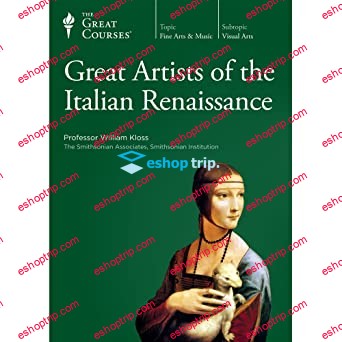
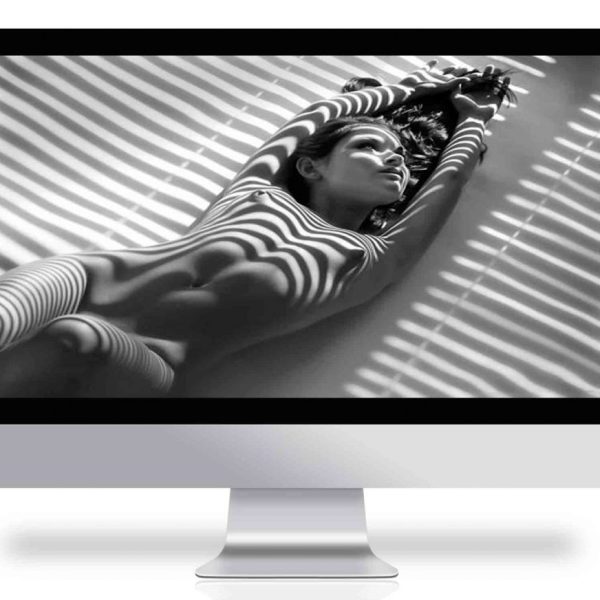
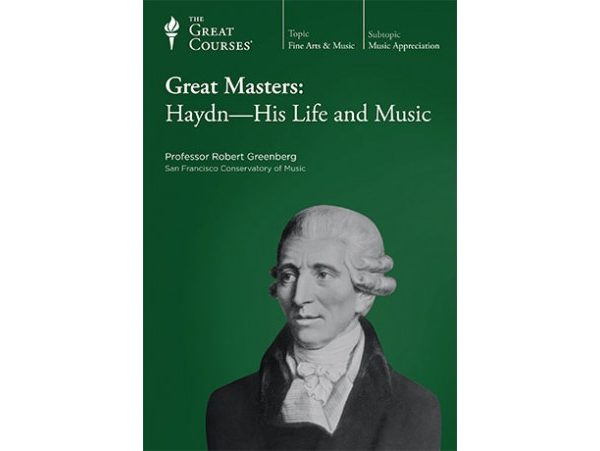
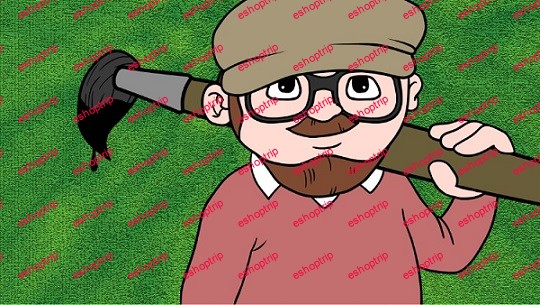
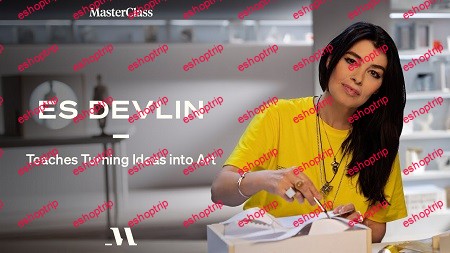
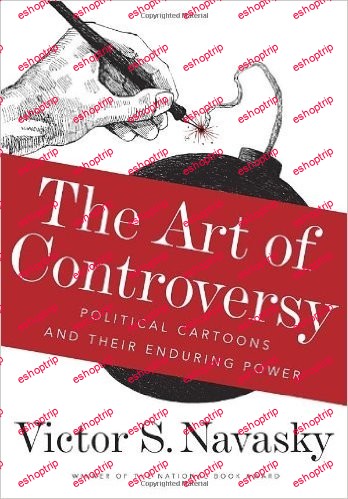




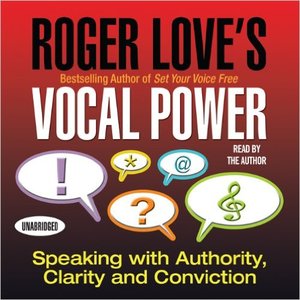
Reviews
There are no reviews yet.